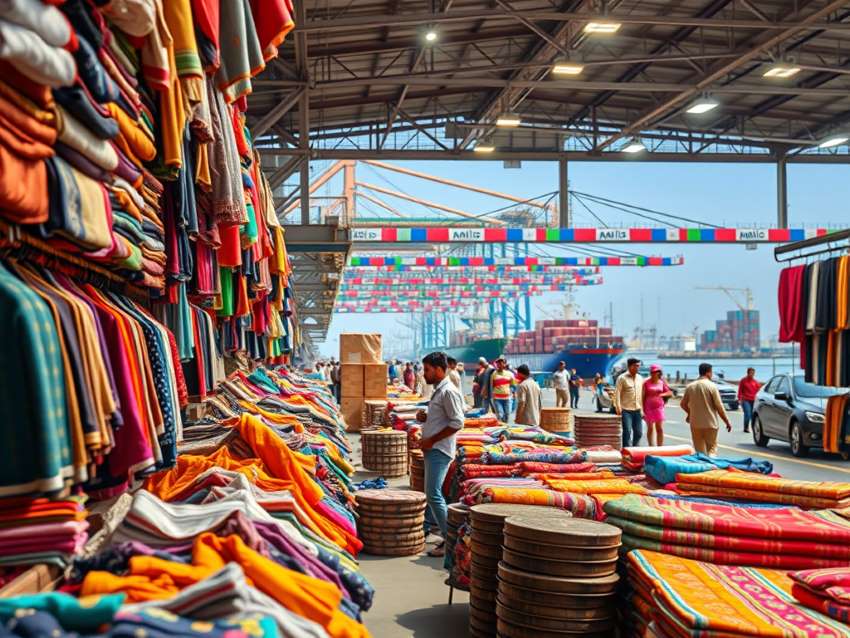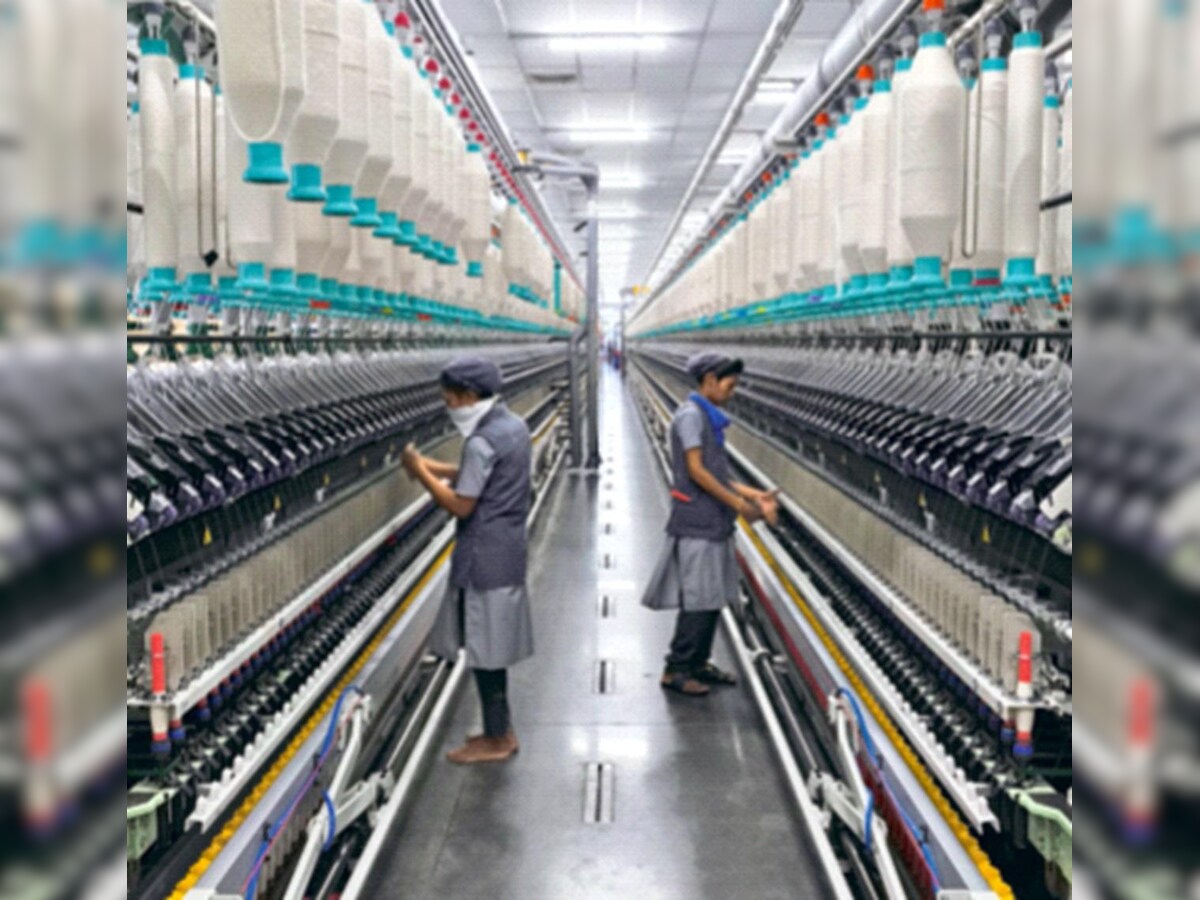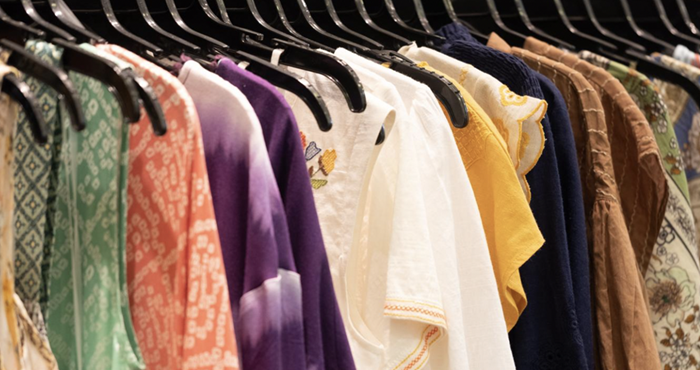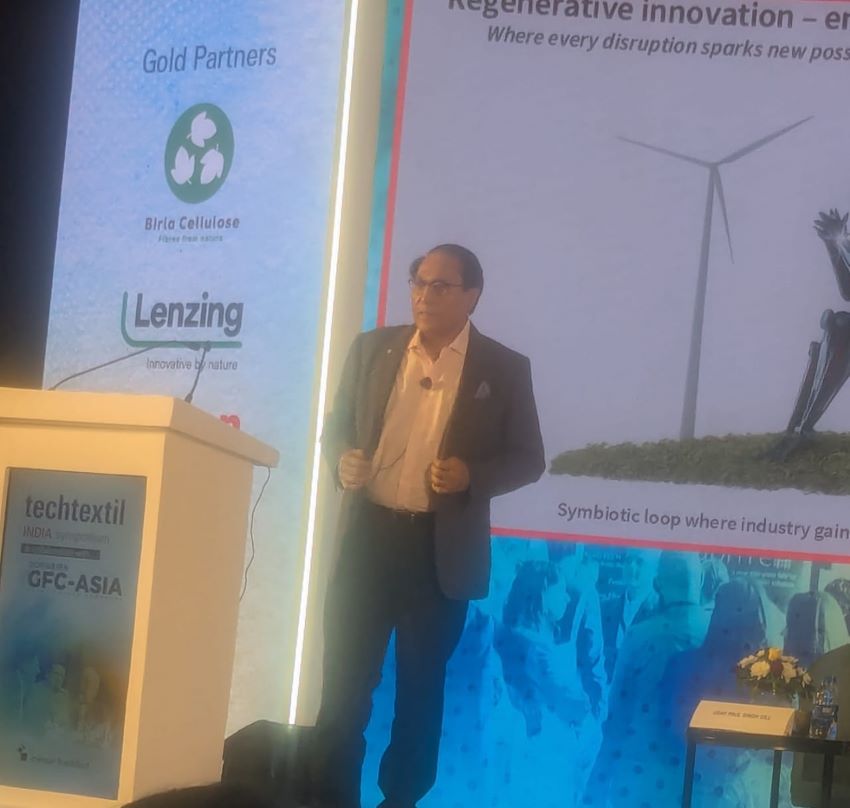
While Tamil Nadu continues its reign as the top textile exporting state in India, a deeper dive into the data reveals a nuanced perspective on its leadership across various textile and apparel (T&A) export sectors. Despite holding a significant overall share, the state's dominance in all categories necessitates a closer examination.
State-wise breakdown of textile exports
In the fiscal year 2024-25, Tamil Nadu contributed $7.99 billion to India's total textile exports of $36.61 billion, capturing 26.81 per cent of the market. The breakdown by export category highlights its strength in readymade garments, cotton yarn/fabrics/made-ups & handloom products, and man-made yarns/fabrics/made-ups.
Readymade garments: Tamil Nadu leads with an estimated contribution of approximately $4.28 billion.
Cotton yarn/fabrics/made-ups & handloom products: Contributes about $2.90 billion.
Man-made yarns/fabrics/made-ups: With an estimated share of around $0.58 billion.
Comparatively, Gujarat, Maharashtra, Karnataka, and Uttar Pradesh also play significant roles in specific export categories, reflecting their unique strengths in cotton processing, synthetic textiles, and powerloom sectors.
The role of integrated ecosystems in export success
Tamil Nadu's textile export success is often attributed to its well-integrated ecosystem spanning from yarn production to garment manufacturing. This integrated approach offers several advantages crucial for export competitiveness. For example, proximity of production stages minimizes transportation time. Similarly, local sourcing and in-house processing reduces operational costs. Increase, oversight ensures high-quality products. Moreover, agility in adapting to market demands and trends.
Tiruppur, the knitwear capital
Tiruppur exemplifies the benefits of such integration. Known as India's 'Knitwear capital,' it hosts spinning mills, knitting units, dyeing facilities, and garment manufacturers in close proximity. This clustering facilitates efficient production and makes Tiruppur a preferred hub for global knitwear buyers. As A Sakthivel from FIEO emphasizes, the integrated nature of Tamil Nadu's textile industry, especially in clusters like Tiruppur, gives the state a significant advantage in meeting global apparel demands.
Beyond integration, factors influencing apparel exports
However, relying solely on integration may oversimplify the complexities of global markets:
- Market access and trade agreements: Crucial for competitive positioning.
- Design and innovation: Essential for consumer appeal and market differentiation.
- Branding and marketing: Critical for enhancing value realization.
- Logistics and infrastructure: Ensures timely delivery and customer satisfaction.
- Policy environment: Shapes export competitiveness through regulatory frameworks.
- Sustainability: Increasingly important for ethical consumerism and regulatory compliance.
For example, Bhiwandi in Maharashtra is a major powerloom center producing a large volume of fabrics. However, the apparel manufacturing sector in the region is not as integrated. While it produces fabric, a significant portion is sent to other centers for garmenting. Despite being a large fabric producer, Bhiwandi's direct apparel exports might not be as high as regions with more integrated units. This suggests that simply having fabric production capabilities doesn't automatically translate to high apparel exports without a strong garmenting ecosystem and focus.
Thus while Tamil Nadu leads India's textile exports overall, its leadership across all sectors requires deeper understanding. An integrated ecosystem provides a strong foundation but must be complemented by initiatives in design, branding, market access, and sustainability. The textile landscape continues to evolve, requiring adaptable strategies to maintain and increase global competitiveness. Tamil Nadu's textile export leadership is a testament to its integrated capabilities, yet ongoing innovation and alignment with global trends are essential for sustained growth in the dynamic T&A market.












